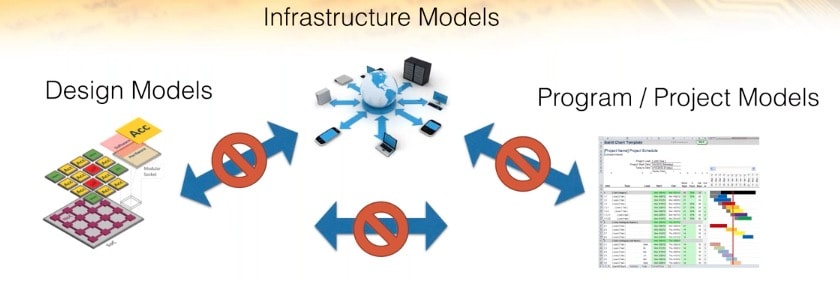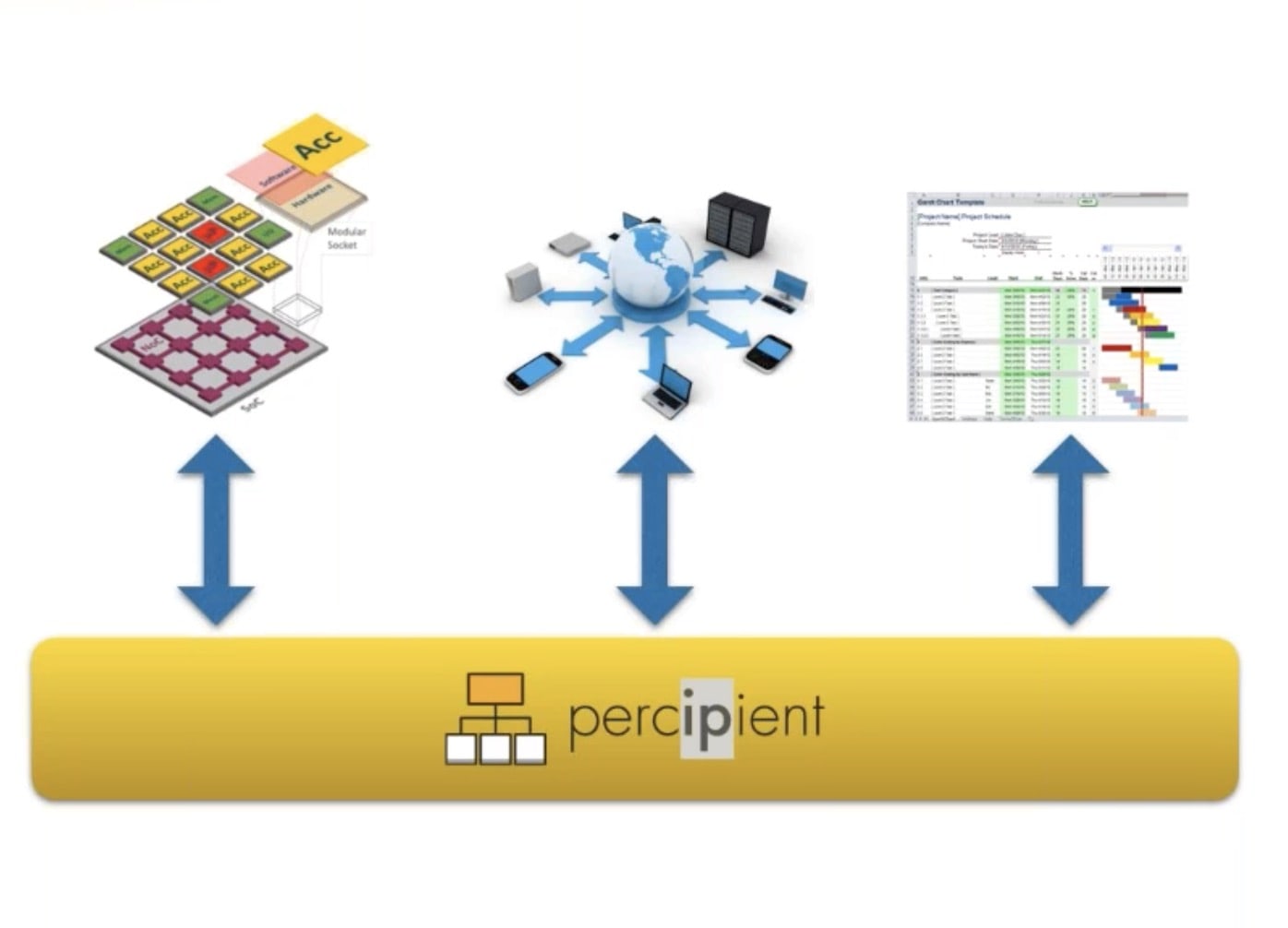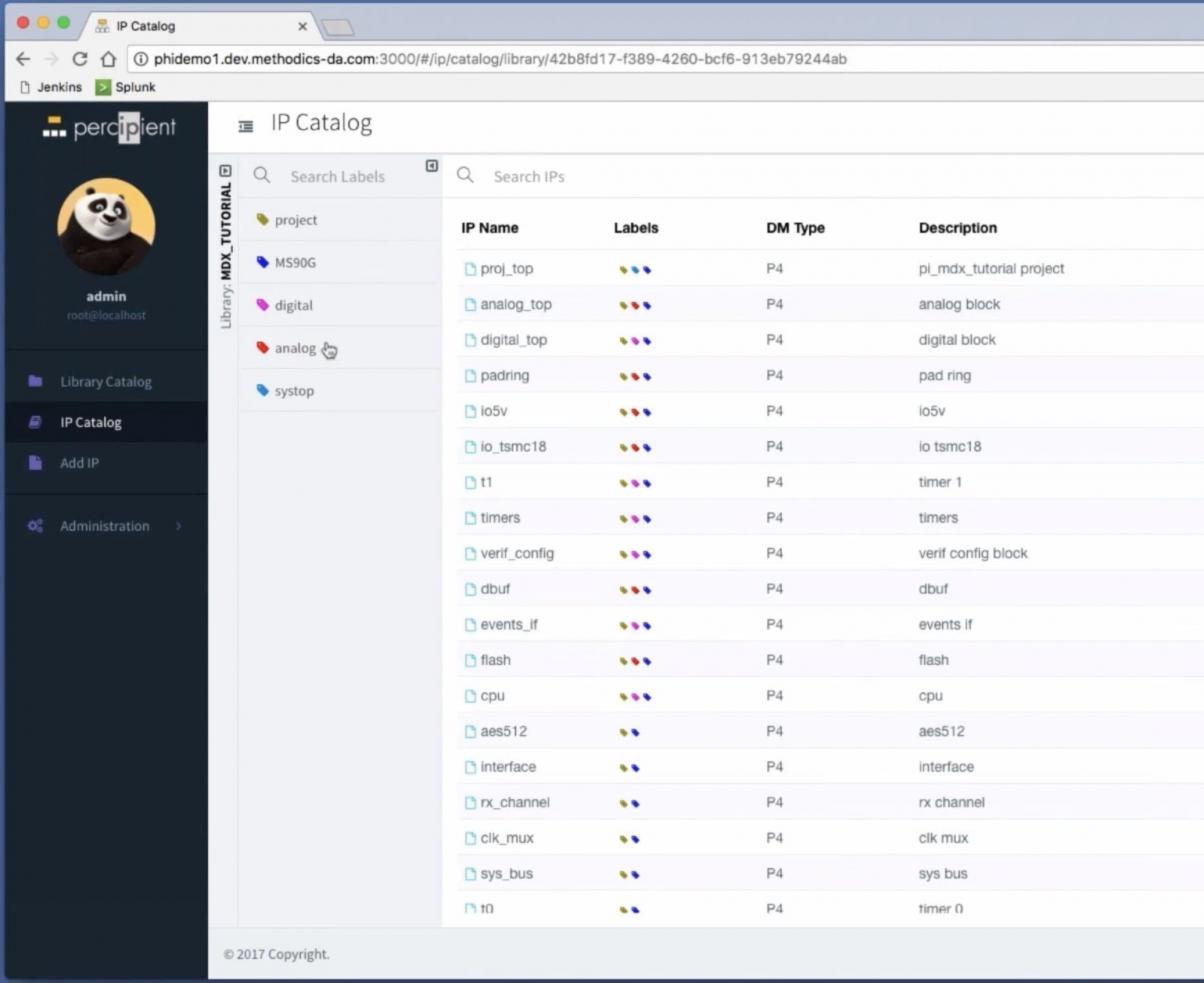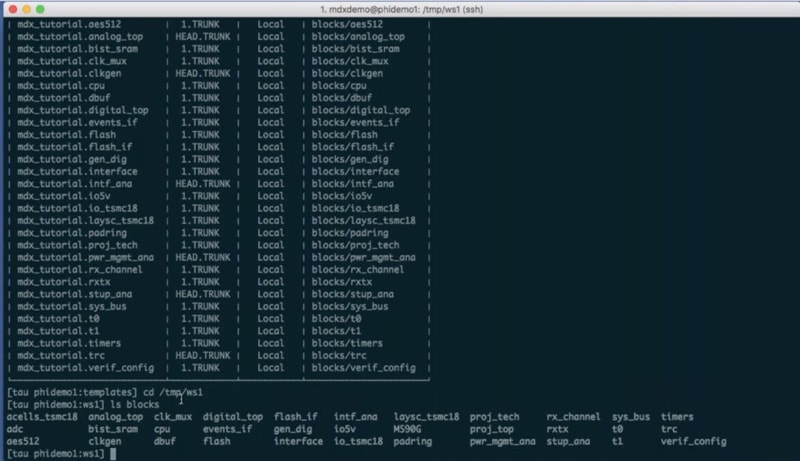Last month at DAC I met up with Michael Munsey of Methodics to get a quick update on what has been happening over the past 12 months within his company, and he quickly invited me to watch an archived webinar on their latest tool for IP Lifecycle Management called Percipient. I love to play the board game Scrabble, so i had to Google the word Percipient to learn its meaning, “having a good understanding of things, perspective“. OK, that’s my new word for the day then.
We often blog about new and updated point EDA tools on SemiWiki, so it’s refreshing to learn more about the category of EDA tools that works throughout all of the tools and IP used on a SoC project. System-level complexity has become so large that the days of using Excel to track semiconductor IP usage or EDA tool usage fall woefully inadequate.
The webinar was introduced by Daniel Nenni from SemiWiki, then quickly handed over to Michael Munsey.
Related blog – New Concepts in Semiconductor IP Lifecycle Management
Methodics started out back in 2007 helping Analog IC designers using Cadence tools to manage their design data with a tool called versic. Their next tool was an IP Management Platform called projectic, followed by a content-aware NAS optimizer and accelerator called warpstor.
So why introduce a new tool? Well, because when an electronic system is being designed today we have silos of information that really don’t integrate or talk to each other:
- Design Models
- Infrastructure Models
- Program/Project Models

So the goal for creating Percipient was to tie all of these three domains together using a platform that models the entire ecosystem, independent of EDA or IP vendor.

So Percipient continues to take the proven Design Model features and objects from projectic, like:
- Workspace tracking
- IP usage tracking
- Release management
- Labels and custom fields
- Bug tracking
- IP versions
- Design files
- Permissions
- Hierarchy
- Hooks into design process
Expansions in Percipient include:
- Hierarchical releases
- Moving aliases
- Snapshots
- Improved IP and IPV usage tracking
- New infrastructure model using an events platform to track all CPU usage per tool
- Optimized workspaces
- Tracking all tool operations in context
- warpstor to be added in Percipient, stay tuned
- Integrates with many other tools for dynamic, realtime tracking (NetApp, DellEMC, Perforce, JIRA, Bugzilla, jama, Jenkins, etc.)
- Model extensions for customizations of data mining and dahsboarding
Simon Butler of Methodics did a live demo of how users work each day with Percipient in an object-oriented fashion on libraries, IP blocks, IP versions and workspaces. The user interface is a familiar web app with widgets:
Workspaces were examined and modified using a command line approach:

Related blog – Achieving Requirements Traceability from Concept through Design and Test
Vishal and Michael did the final Q&A session:
Q: How do I find where a particular IP is being used in my organization?
A: A few ways, we can see IP used inside of a hierarchy for a project, or which workspaces contain that IP.
Q: Can a user in one workspace use a different IP than the top level?
A: Yes, you can use any IP version as needed in your workspace.
Q: Can one SoC use two different versions of the same IP in the hierarchy?
A: Yes, you could use different IP versions in the same hierarchy and the tool will highlight this version difference.
Q: Can percipient report which workspace belongs to a user, and where is that?
A: Using the “pi” command there’s a column with the username owner for each IP. It’s easy to filter by username too.
Q: Is it possible to use percipient on top of another DM?
A: What Methodics brings is the most sophisticated way to manage IP, and we can migrate some or all of your IP into percipient (manually, import with templates, scripting, etc.) Keep your data in Perforce, no migration required.
Q: Can you connect with IC Manage, ClioSoft or DesignSync?
A: Our competitors don’t publish their internals, but we can manage IP by a filesystem approach. It’s best to move your new work into something like Perforce though.
Q: Can percipient tell me the number of IPs being used, and the number of standard cells per IP?
A: Yes, you can see how many standard cells are being used, or any IP block.
Q: How do you handle IP permissions?
A: You need to specific which users can view which IP blocks based on user capability. For example, contractors would be limited, while employees would have more access. Permissions can be managed at the command line or the web GUI, which ever method you prefer.
Q: Does permission system relate to Linux permissions or the DM system?
A: Users and groups in Linux can be imported into percipient, and then you can give individuals access to IP as needed per project in a centralized fashion.
Related blog – CTO Interview: Peter Theunis of Methodics
Summary
Methodics has carved out a very important piece in the flow for SoC design by focusing on IP Lifecycle Management. There approach has been field-tested by big names in the semiconductor design industry, and with the new release of percipient they have increased features to keep pace with industry requirements.
Watch the complete 48 minute archived webinar online, after requesting a password.
Share this post via:






Comments
There are no comments yet.
You must register or log in to view/post comments.